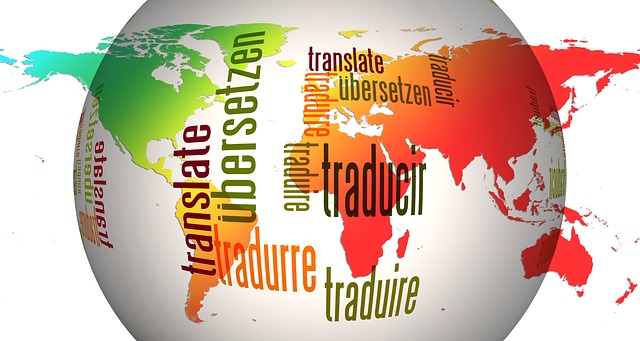We, translators, like to think that re-creating a text from one language to another is a difficult and complex job that can only be performed by the human mind. After all, to create a perfectly accurate translation you need to be proficient in both languages and you must be knowledgeable in the text’s specific field.
This requires a lot of brain power, research, and an impressive understanding of specific terms that, when tweaked even a little bit, can completely change the meaning.
So, why do some people think that a software (aka machine translation) can even measure up to the standards of human translation?
Can Machines Deliver Accurate Translation?
Before I answer this, it’s important to understand that machine translation has come a long way. Apps like Google Translate or iTranslate use human editors, AI (artificial intelligence) software, and a powerful database to deliver the best and most accurate translation possible.
Furthermore, if you compare the results provided by these apps 10 years ago with the results they provide today, you will notice a significant improvement. However, they still can’t understand the full meaning of a complex sentence and, fail at recognizing witty turn of phrases.
Not to mention, such apps mostly work with general words, so they won’t recognize highly specialized terms.
This means that, if someone decides to use machine translation for a specialized document, an academic paper, or even the content of a website, the result is not going to be accurate or even intelligible.
Why is Machine Translation Popular?
So, if they don’t deliver accurate translation, why use these apps?
Well, they work extremely well in informal situations. Let’s say you are traveling to a foreign country and you don’t know the language. Using Google Translate, you can express basic needs, you can ask for directions, and you can even have a conversation with a willing local.
These apps are also useful when you’re looking for speed instead of quality, or when you’re trying to grasp the meaning of a word or phrase in a different language.
The good news is, that the more they are used, the better these apps become. However, we are far away from the moment when machine translation will replace human translation.
Why & When to Choose Human Translation?
A human translator always tries to first understand the original text and then conveys its meaning into a new language.
For instance, our collaborators will always try to recreate the text following the original intention of the writer. So, a witty text won’t be cold and blunt in translation. Of course, with official documents, technical details, and legal papers, accurate translation is crucial, which is why we only work with specialists in their respective fields.
True, human translation is slower than machine translation, but it is the best you can get at this moment in time. So, should you need an accurate translation that is guaranteed to bring you closer to your goal, don’t hesitate to let us know!
